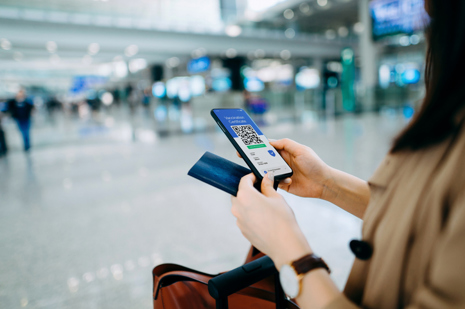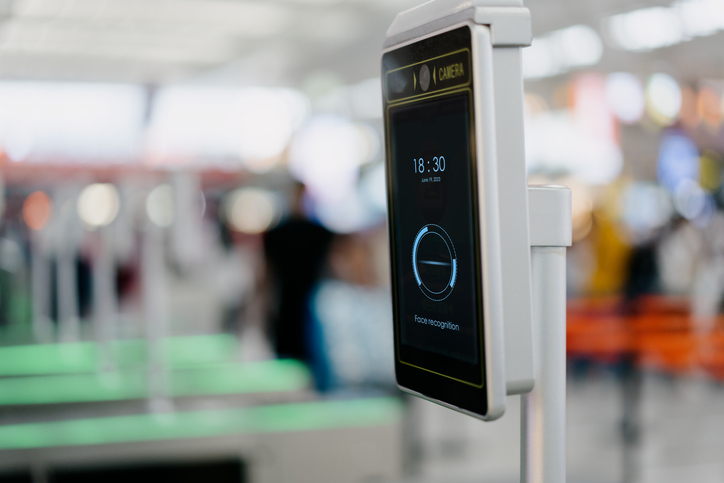
Digital identity is increasingly used in our daily lives. In many countries, governments issue (or plan to issue) digital identity for citizens and residents, for easier and more secure access to public and private services. IATA believes that digital identity has the potential to transform and improve passenger experience and facilitation.
Global passenger numbers are expected to double by 2041, from approximately 4 billion in 2019 to 8 billion in 2040, growing at an average annual rate of 3.3%. Building larger airports to match this demand is increasingly difficult, and in many cases, impossible. The aviation industry needs to implement automation, digitalization, and seamless processes to handle this growth.
Digital identity and biometric technologies – as well as industry solutions such as Timatic AutoCheck, Timatic Widget, or API connections – can make passenger processing more efficient, secure and provide improved customer experience. Together, they enable verification of travel documents before passengers arrive at the airport. Using their biometric, passengers can go through airport checkpoints without physical contact.
Airlines, airports, authorities, and solution providers, need to increase knowledge and expertise in this fast-growing area. IATA has released a new classroom-based training course on Digital Identity and Biometrics Fundamentals. This course will explain the main models, forms and features of digital identity and biometrics that are essential for implementing these solutions in passenger facilitation. It will help future experts understand how to create a reliable digital identity that can be used for passenger identification in air travel, while respecting data protection and privacy requirements.

This training will provide the fundamentals necessary to help professionals build knowledge on the approaches and technology used behind the industry standards that have been developed as part of the IATA One ID initiative. It is supported with a training handbook enabling participants to continue building their knowledge when the classroom course is complete.
IATA has collaborated with industry and government partners to build standards that improve passenger experience using digital identity under the One ID initiative. The One ID standards help airlines streamline passenger journeys with advance sharing of information and a contactless biometric process at the airport. The standards put privacy as the top priority, and recommend using decentralized digital identity and the W3C Verifiable Credential[1] data model. Passengers are in full control of their data, without a centrally managed database, and can disclose only the minimum data necessary upon consent.
[1] https://www.w3.org/TR/vc-data-model-2.0/